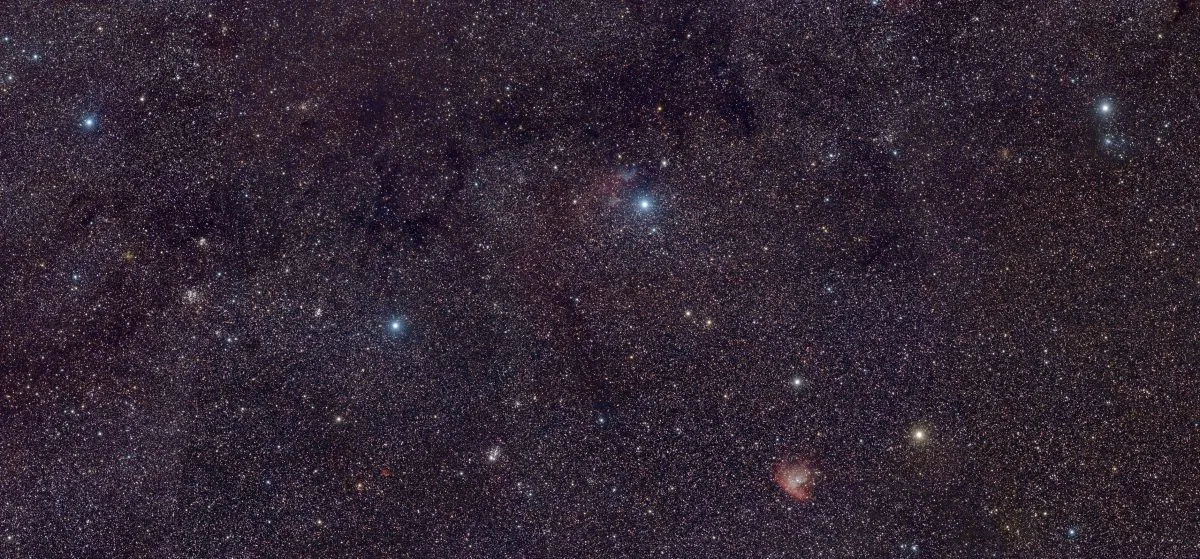In 1992, three Earth-sized planets were observed circling a pulsar, which is a type of stellar remnant, and in April 2006, a team of astronomers at MIT announced they had found a dusty disc of material in orbit around a dead star.
Deepto Chakrabarty and his team made the discovery using the NASA Infrared Spitzer Space Telescope.
The disc was found around the heavy dead core of a star located 13,000 lightyears from Earth, in the constellation of Cassiopeia, which was once 10 to 20 times bigger than the Sun.

The star ran out of material to fuel its nuclear reactions around 100,000 years ago and collapsed under its own weight in a supernova explosion.
The find adds weight to the theory that the planets observed in 1992 were formed out of a disc of debris surrounding a pulsar.
There’s unlikely to be any form of life on a planet orbiting a dead star – the chemical ingredients needed would have been destroyed in the final stages of the star’s life.
But discoveries like these do broaden the search area for planet-hunters.

